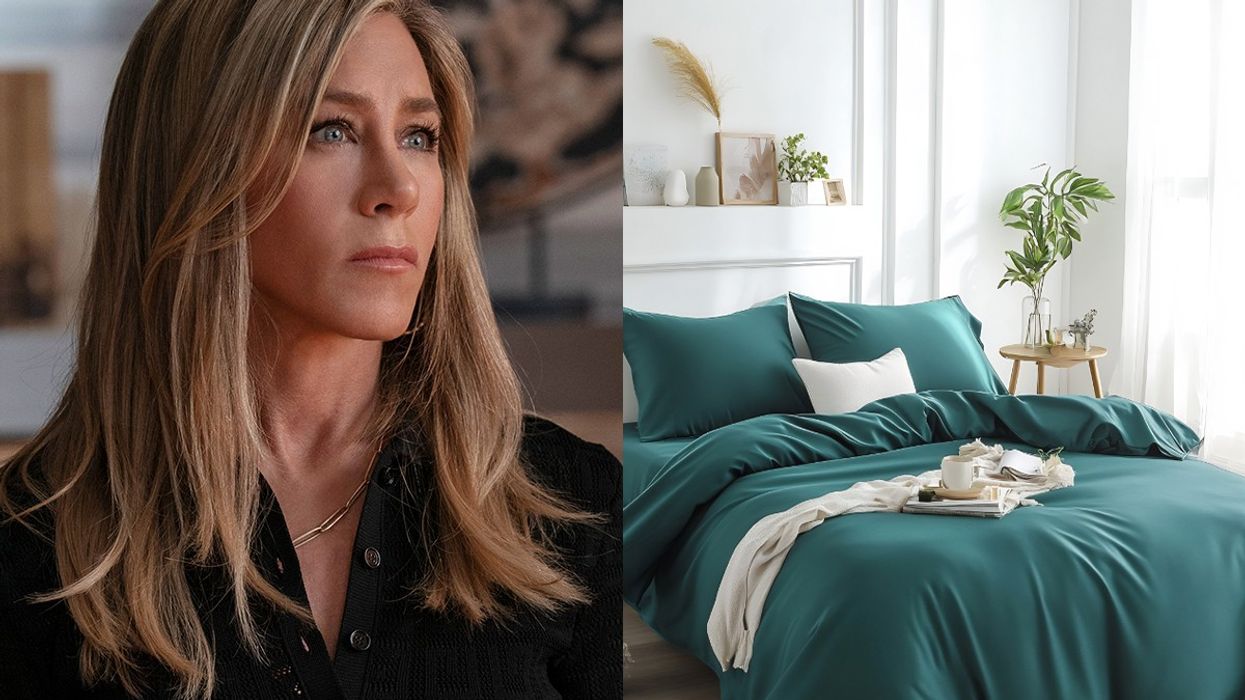This week, an advertisement for The Economist hit the mailboxes of a select demographic of potential subscribers. “Why should women read The Economist?” the circular asked, before answering, “They shouldn’t.”
Folded inside the pamphlet was the punchline: "Accomplished, influential people should read us. People like you."
The ad identified an emerging challenge for the 168-year-old magazine. According to The Economist's internal demographic research, only 13 percent of its readers are female. That imbalance has not historically been a problem—after all, the remaining 87 percent of Economist readers aren't just regular guys. Worldwide, the average reader's personal income is $175,000. His average net worth is $1,688,000. Forty-six percent of readers are employed as senior managers in their companies. A quarter of them hold C-level positions.
But as economic resources increasingly shift toward women—The Economist itself dissected women's growing economic power in 2006—so will The Economist's elite advertisers. The magazine has responded cynically to the new imperative to sell itself to women—it has asserted that appealing to women is unnecessary. The magazine is for "accomplished, influential people," it claims. If an overwhelming majority of those people happen to be men, perhaps it is because they have simply accomplished more.
The Economist has built its brand on this flattening of perspective. Pieces published in the magazine rarely carry bylines. Instead, the magazine is presented in a monolithic editorial voice: Imagine the plummy tones of a London banker discussing the news in his social club. "The main reason for anonymity," the magazine explains, "is a belief that what is written is more important than who writes it."
And who writes it? Less than a quarter of its editors, writers, and bureau chiefs are women. The magazine has never been helmed by a woman. The magazine's anonymous conceit means that those women can elude the gendered criticisms that often haunt any feminine byline. It also means that any diversity of perspective—some of it, yes, based on gender—is subsumed into the whole, one that is factually male—77 percent of the magazine's creators and 87 percent of its consumers are men.
"What is written" may be more important than "who writes it," but it's unclear how veiling the identity of the magazine's writers mitigates the masthead's surplus of male perspective. In many ways, the magazine suffers from the same woman problem that plagues libertarianism more widely. The Economist's central belief in "free trade and free markets" informs its one-size-fits all approach to its readership—the idea that women might actually want to consume news differently than men doesn't fit into this theoretically level global playing field.
When I lived with a boyfriend who subscribed to The Economist, I'd pick up the magazine occasionally, scanning the table of contents for the odd piece that appealed to me—a dissection of the racial dynamics of American marriage, for example, or a takedown of U.S. sex offender laws. Typically, though, I'd flip straight to the book reviews, a space I discerned as a little more inclusive than the front of the book. I recently asked that guy whether the contents of the magazine ever struck him as particularly masculine, too. "It's called The Economist," he replied. "It's like Maxim for nerds."
With its latest advertising effort, the magazine has attempted to claim that masculine perspective as a human one. The difference is that women are now administered explicit invitations to the club, so long as they think like the "accomplished, influential" men who have produced and consumed this "universal" worldview since 1843. Why should women read The Economist, again?
Photovia (cc) Flickr user david.orban














